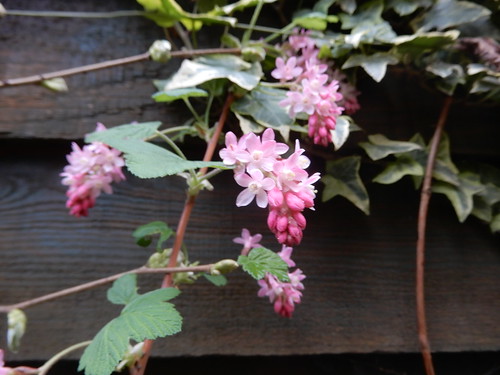I live in an urban environment. True dark lurks here and there; a shadow at the alley's end, a slope down under trees, a deep cut through a wooded area. The deep glove darkness of my back-garden, overshadowed by neighbourly, I'll-cut-it-I-promise trees that let me see, through their leaves, the stars.
But mostly, I live in a constant light-bath. This causes me no concern. The light nights of camping and festivals, a childhood of spending high summer in a curtainless static caravan have left me calm in the face of sunshine, somnolent in the brightness of dawn. These trifles have little impact on my ability to sleep. I imagine the rufty-tufty urban blackbirds feel much the same, napping through the rush hour and hopping out to sing at terrifying volume as the night slides the traffic away to bed.
But, at the moment, people are thinking, what if street lights were a bit less, you know, light? Ecologists, mycologists, urban planners, energy savers, wildlife advocates, public health agitators and sleep hygienists, all of them looking at our steady golden urban glow and muttering, "light pollution". Could they be set to turn off or dim? Made responsive to need or presence?
This shifted a soft half-memory in my mind of a green-sky proposal from somewhere in the noughties of a city lit by trees that glow. Eventually, this week, I found the ancient article, which linked me to an antique website, all startling justification choices and giddy optimism.
We placed genes from fireflies and bioluminescent bacteria into E.coli. Codon optimisation and single amino acid mutagenesis allowed us to generate bright light output in a range of different colours. Future applications include [deleted content] and quantitative biosensors and biological alternatives to conventional lighting. [read on]
It feels like a future leapt at and missed.That urban world where Mr Fox and a scatter of bats flicker between turned off street lamps lit into bare visibility by a soft bioluminescent glow. It's impractical, of course; the light is dim, even to the giddy young eyes of Utopian scientists.
But lots of things in life are impractical, and nevertheless happen.
A quick knock at the final paragraphs of the article links things up with Alexandra Daisy Ginsberg whose alongside work here provided the colouring for the faint bacterial/vegetal glow. The video has a similar giddy Utopian charm. Watch and spot the futures that sort of came true, if you squint a little.





